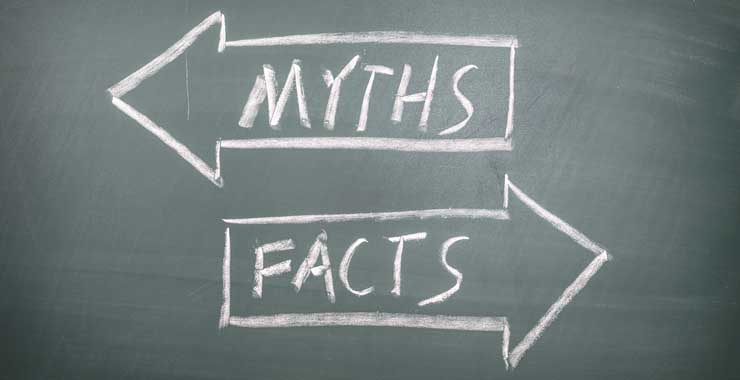Myths & Facts about PET tray recycling

In June, the PLASTIC SENSE Foundation has organized a series of three webinars focused on the sustainability of the PET tray. The first one dealt with the ECOSENSE certification, the second one dealt with the RETRAY project and the last one was devoted to the main myths and facts about the PET tray recycling.
The Technical Manager of the recycling company SULAYR GS, Mr. Sergio Collado, was in charge of answering the most frequently asked questions such as why there are single-layer and multi-layer PET trays on the market, how the recyclability of the PET traya can be communicated to the final consumer and the sustainability of the PET material versus other packaging materials in a life cycle approach.
One myth about the thermoformed PET tray is, precisely, that this type of packaging is non-recyclable. In addition to clarifying that SULAYRS GS recycles PET trays since 2009, the speaker explained that currently two recyclability concepts are handled: “technically recyclable” and “practically recyclable”, which reflects the current PET tray situation.
According to this, the monolayer and multilayer PET trays are nowadays “technically recyclable” since there is available technology and there are industrial facilities in Europe for this purpose (the case of SULAYR). On the other hand, PET trays are not “practically recyclable” since there is not an acceptable cost-effective system to collect, sorting, recycling and reintroduction of recycled material (from PET trays) into new products (PET trays).
In other words, the issue is not if the material is monolayer or multilayer (both are recyclable), but rather that a dedicated channel has not been created for managing post-consumer trays. As a result, the post-consumer PET tray volume for recycling is low compared to the production volume.
SULAYR’s Technical Manager explained that in Spain the post-consumer tray fraction is divided between the bales of the mixed plastics fraction and the bales of the PET bottle fraction, although it locates mainly within the PET bottle bales due to its majority weight in PET. SULAYR has a post-consumer PET tray flow from bottle recyclers that separate this fraction, on the basis of specific business agreements.
Sergio Collado highlighted that “it cannot be said that this is a widespread practice and cannot be stated that there is an adequate management channel already established. Only FOSTPLUS, ECOEMBES‘s counterpart in Belgium, currently generates a dedicated tray flow, a practice that should be extended to the rest of European countries, including Spain, since there is technology available to carry out this sorting and there is technology available to carry out its recycling”.
You can download the presentation Myths & Facts about recycling of PET trays as well as the Q&A document.
